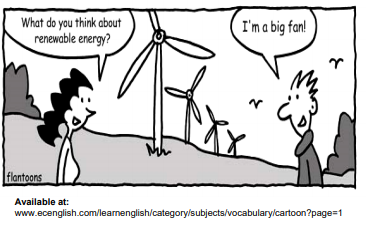High-risk areas downhill from mining dams in Brazil
More than 100,000 Brazilians live downhill from mining dams built like the one in Brumadinho that collapsed last month, our estimates found.
Brazil counts 87 mining dams built using the same method, known as upstream tailings construction, as the one that collapsed. That design is risky if not monitored carefully, and experts have warned that a collapse could happen again in a country where neither the mining industry nor regulators have the situation under control.
We looked at each of the 87 upstream dams to estimate if it could threaten populated areas, using geospatial analysis to estimate where the mud could flow if each of the dams failed. For at least 27 of those dams, more than 1,000 people live in high-risk areas. That means they are downhill from the dam and within eight kilometers — the distance the mud flowed after the Brumadinho collapse.
All of those dams were rated by the government at the same risk level, or worse, as the dam that failed in Brumadinho.
“I wouldn’t buy a home downstream of a tailings dam built in an upstream fashion,” said William F. Marcuson III, a former president of the American Society of Civil Engineers. “And I wouldn’t allow my mother to rent or live in a home downstream of a tailings dam built in an upstream fashion.”
Minas Gerais, a state whose name means “general mines”, has been the hub of Brazil’s mining industry for centuries. Today, it still produces 53 percent of the country’s mining output.
Available at: https://www.nytimes.com/interactive/2019/02/14/world/americas/brumadinho-brazildam-collapse.html?smid=pl-share




